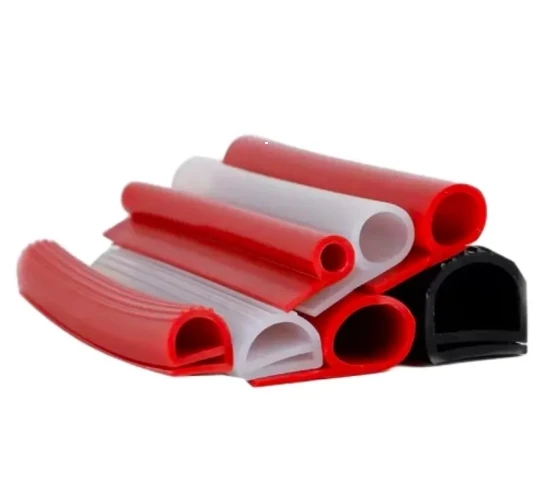garage door seal types
Understanding the Different Types of Garage Door Seals
Garage doors are essential for protecting your vehicles and belongings from the elements, intruders, and pests. One of the critical components that contribute to their effectiveness is the garage door seal. Garage door seals help prevent air, water, dust, and insects from entering your garage. In this article, we will explore the various types of garage door seals to help you choose the best one for your needs.
1. Bottom Seals
The bottom seal is perhaps the most common type of garage door seal and consists of a rubber or vinyl strip that runs along the bottom edge of the door. Its primary function is to create a tight barrier between the garage floor and the door. This helps to prevent rain, snow, and cold air from entering the garage, keeping the space more insulated and dry. Depending on the design of your garage door, you might find different styles of bottom seals, such as
- T-shaped Seals These are designed to fit into a groove at the bottom of the door, offering a clean and effective seal. - U-shaped Seals This type is designed to fit inside a track, creating a snug barrier.
Bottom seals are generally easy to install and can be replaced if they wear out over time.
2. Side Seals
Garage door side seals, also known as vertical seals, run along the vertical sides of the garage door. They play a critical role in sealing gaps that occur between the door and the garage wall. These seals help prevent drafts, water leaks, and pests from entering the space. Side seals can be made from various materials, including rubber, vinyl, or even foam. They provide an extra layer of insulation, ensuring that the garage remains comfortable throughout the year.
3. Top Seals
garage door seal types

The top seal is positioned at the top edge of the garage door. Its function is similar to that of the bottom and side seals it helps to block air and water from entering the garage. A good top seal prevents rainwater from pooling at the top of the door and ensures that your garage stays dry. Top seals are often made from durable rubber or vinyl to withstand harsh weather conditions.
4. Threshold Seals
Threshold seals are designed to be installed on the garage floor itself. They create a barrier that reinforces the protection provided by the bottom seal. These seals are particularly beneficial in areas prone to flooding or heavy rainfall, as they can help guide water away from the garage door and prevent leaks. Threshold seals can be made from rubber or foam and may also have an elevated design to provide additional protection.
5. Magnetic Seals
Magnetic seals are a relatively newer type of garage door seal that employs magnets to stay attached to the metal surface of the garage door. This style of seal is easy to install and remove, which makes it appealing for homeowners who may need to frequently access their garages. Magnetic seals are effective in blocking airflow and are resistant to wear and tear, making them a durable option.
Choosing the Right Seal
When it comes to selecting the right garage door seal, consider the climate in your area, the layout of your garage, and any specific issues you may have faced, such as drafts, leaks, or pests. High-quality seals can significantly improve your garage's energy efficiency and enhance its overall functionality. Remember to routinely inspect your seals for signs of wear and damage, and replace them as needed to ensure optimal protection.
In conclusion, investing in the right garage door seal is crucial for maintaining a comfortable and secure environment in your garage. By understanding the different types of seals available, you can make an informed decision that best suits your needs and enhances the protection of your belongings. Whether you choose bottom, side, top, threshold, or magnetic seals, ensuring a proper barrier will contribute to the longevity and efficiency of your garage.
-
Under Door Draught Stopper: Essential ProtectionNewsJul.31,2025
-
Garage Door Seal and Weatherstrips for ProtectionNewsJul.31,2025
-
Edge Banding Tape for Perfect EdgesNewsJul.31,2025
-
Table Corner Guards and Wall Corner ProtectorsNewsJul.31,2025
-
Stair Nose Edging Trim and Tile Stair SolutionsNewsJul.31,2025
-
Truck Bed Rubber Mats for Pickup BedsNewsJul.31,2025
-
Window Weather Stripping for Noise ReductionNewsJul.29,2025